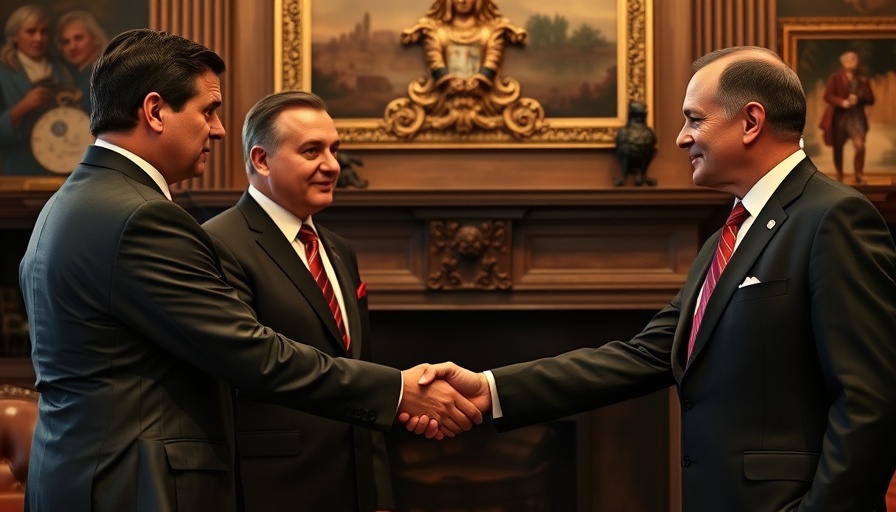
Understanding the Tariff Mistake between the U.S. and Japan
The recent trade agreements between the U.S. and Japan have been highlighted by a significant mistake regarding automobile tariffs, which brought about an apology and assured refunds for overcharged fees. President Donald Trump's administration announced a new order to reduce tariffs on Japanese auto and auto parts imports from 25% to 15%. This development has sparked conversations about how trade negotiations can impact business and industry at large.
Implications of the Trade Deal on Businesses
For many local businesses in the automotive sector, these tariff adjustments are much more than a number on a page; they hold the potential to significantly affect pricing and profits. As highlighted in Prime Minister Shigeru Ishiba's response, it is crucial for Japanese firms to not only be compliant but also for their products to remain competitive in the American market. The success of this agreement hinges upon support from various stakeholders in both nations.
Parallels with Other Trade Agreements
This instance can be compared to other recent trade negotiations where miscommunications have led to unintended tariffs or fees. The misstep with Japan echoes earlier issues, like those seen in U.S.-China trade relations, where both sides often have to navigate complex tariffs and trade barriers. The desire to balance imports and exports reflects a universal challenge faced by countries across the globe.
Moving Forward: Building Better Trade Relations
The mishap serves as a reminder of the need for thorough communication and clarity in international deals. For business professionals, understanding these nuances is essential for navigating the global economy effectively. Ensuring that this agreement is implemented faithfully and promptly, as emphasized by Ishiba, will play a key role in establishing what has been termed a “golden era of Japan-U.S. relations”.
Conclusion: The Path Ahead
With this trade deal, both countries have an opportunity to establish stronger partnerships that can foster growth and prosperity. As the landscape of trade evolves, it becomes increasingly vital for business leaders to monitor these ongoing developments. As they do, they should be mindful of the trends and regulations that will shape the future of commerce on both sides of the Pacific.
 Add Row
Add Row  Add
Add 



Write A Comment